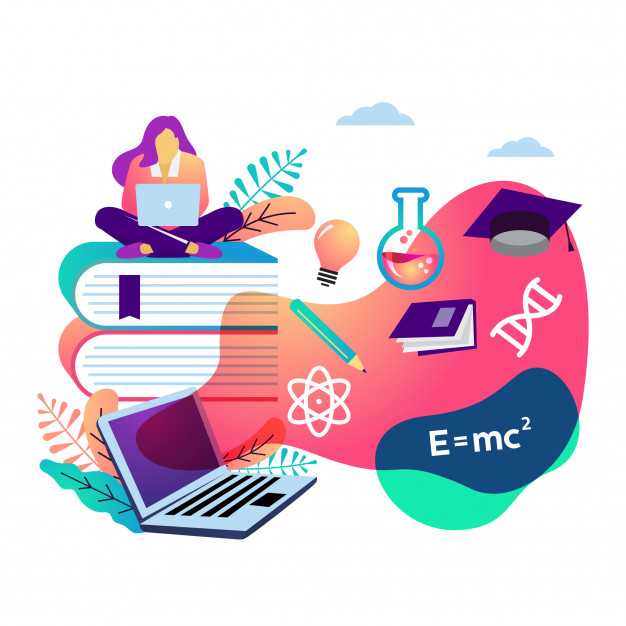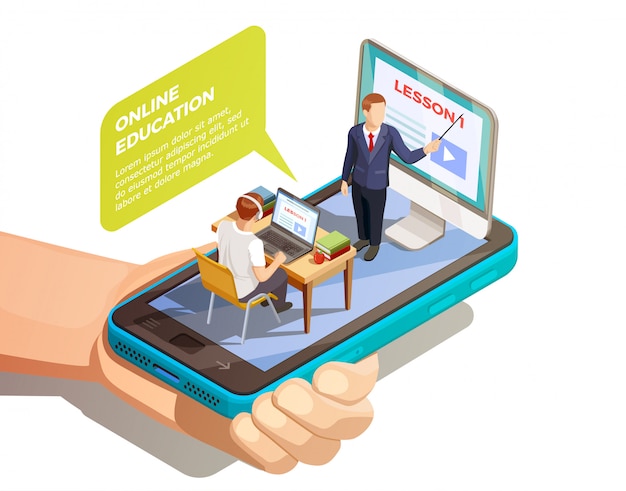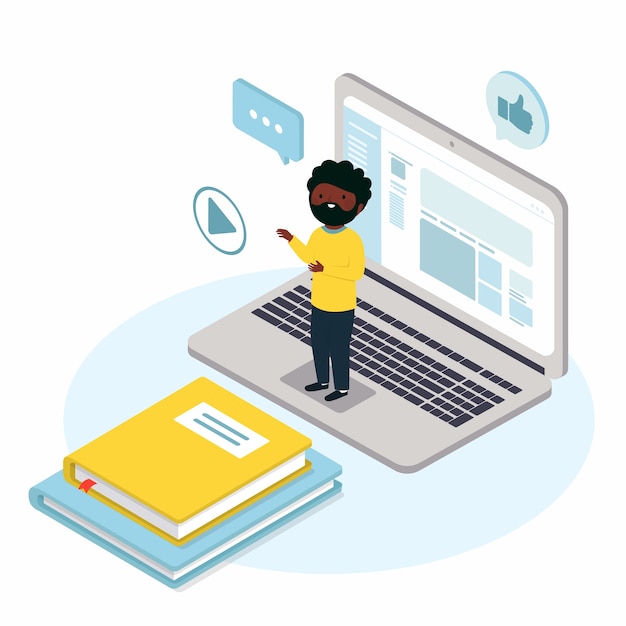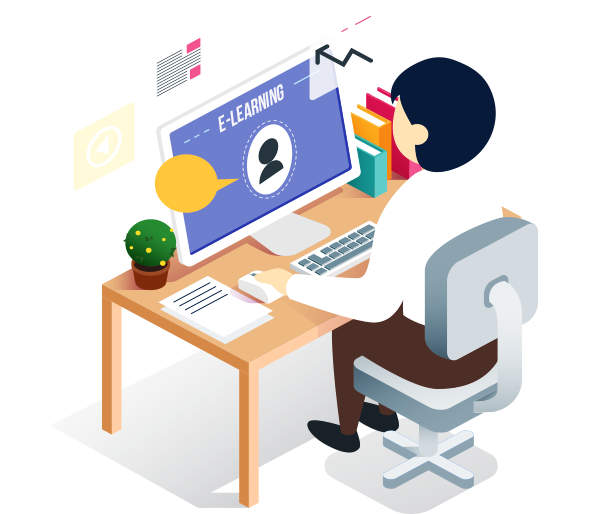Introduction to courses
Hi there. I've uploaded what is included in my course. Have a look if any questions let me know...
Learning is a never-ending process. Leading to this belief, we’ve introduced advanced platform features to connect tutors and students for better learning.
Contact us via WhatsApp if you’ve got questions Chat With Us
 |
How does technology have an effect on student learning? Some post-secondary educators see technology as a distraction in the classroom. And if they may not prohibit the use of smartphones or social media in the classroom, they may be appalled to see technology as anything other than a necessary evil.
But, rather than merely 'tolerating,' teachers should leverage the power of interactive technology, applications, and software to increase engagement, promote teamwork, inspire creativity and enhance student learning.
Educational technology, on its own, does not help in successful teaching and learning. It also takes a guide (teacher) and a goal (related to the curriculum). And there is a need for some initiative and techniques to successfully incorporate it into the course curriculum. But, if used deliberately, technology can be turned from a distraction into an efficient teaching method.

Here are some solutions to the issue of how technology affects student learning, and why teachers should make the most of the technology inside—and outside—the classroom.
With an Internet connection, we have access to information on our hands 24 hours a day. We can find almost everything online, with the most up-to-date version.
For students, this includes access to everything from study materials and digital applications to immersive education and online tools from prestigious universities across the world. They may, however, need advice on how to locate reliable services and guide to ensure correct allocation while using them.
Students may also complement their learning by linking to community forums and virtual worlds in real-time, or by working on community projects using platforms such as wikis and cloud-based applications. And teachers can have access to course materials (and other resources) through setting up portals by learning management systems, or through providing each learner with access to course-specific applications.
Blended learning—a combination of classroom technologies and face-to-face learning—is a common approach to organize this.
Education technologies can make learning more immersive and collaborative—and this can help students actively participate with learning materials. They learn by doing, rather than memorizing the truth.
This may be as easy as taking an online quiz in the classroom or engaging in tech-enabled community conversations or participating in playing instructional sports, practicing scientific projects in a virtual lab, or taking a virtual field trip.
But to make it genuinely entertaining, it needs to be truly interactive. Doing the math on a device is no different than doing math with a pencil and a paper pad.
Yet using virtual reality to animate math problems is a whole type of ballgame. Interactivity offers a better learning environment for certain students.
For students, the options are endless: from using simulation tools to illustrate how a storm evolves, to using augmented reality to perform surgical procedures. "As a growing number of medical schools bring virtual reality to the classroom, students are finding an effective way to learn complex subjects, such as anatomy, which is often easier to understand with hands-on practice."
Owing to technology, the classroom has no walls. The learning environment is, therefore, no longer boundary. Any number of subject matter experts, in addition to the person who teaches the course, can provide guidance.

"Students in rural UK schools, for example, can learn about the Arctic through the expedition of a team of scientists in the field, read a blog post from scientists, view images, e-mail questions from scientists, and even speak to scientists live through a videoconference. Students will discuss what they learn with students in other classrooms in other states that are pursuing the same expedition."
In the conventional classroom, students trying to understand new ideas will easily lag behind their peers. However, with online assignments, students can make progress at their own pace.
Many that need more time or extra support can prepare in the classroom with guided lessons or supplementary coursework. So, too, there will be learners who want more of a challenge.

Thanks to the ever-present nature of technology, students can access resources online anytime they need to, and teachers can see which students may need additional support.
The process of self-learning also lets students develop digital literacy and 21st-century skills, which will be beneficial as they join the workforce.
Technology affects the way we access information, but also the way we learn the information. The teacher becomes less of a 'sage on board' and more of a 'guide on the foot.'
From viewing online course materials to attending online classes through Zoom/Skype, technology opens up the possibilities of teaching innovation: from interactive group work to flipped and blended classes.

Teachers may also use classroom response systems to evaluate students' comprehension of course materials and change the speed or content as appropriate in real-time.
Publishing print exam prep guides, textbooks, and other physical learning resources are costly, and these costs are passed down to learners. The same relates to teaching in a conventional classroom setting. Although there is certainly a need for standard books and lessons, modern innovations have made it cheaper for students to get the schooling or exam preparation they need. Not only does this make learning resources much more available, but it also makes the playing field for learners who may come from various economic backgrounds.
Though technology is also seen as a threat—and has its limits—incorporating it into the classroom experience presents a new opportunity for students to communicate and connect with teaching materials. With electronics, schooling is no longer limited to the walls of your classroom. YouTube videos and social media don't have to be a distraction; they can be part of the instructional content. Mathematics is easy: it adds to improved learning results.
Check out myHobbyCourses Online Classes and Courses here.
Introduction to coursesHi there. I've uploaded what is included in my course. Have a look if any questions let me know... |
What is STEM? Why is it important for students? STEM education in the United KingdomWhat is STEM? The twenty-first century has now surpassed old school knowledge and methods... |
Top 5 Qualities to Learn if you want to be the Best Tutor!Are you confused about where and from whom to gain knowledge in this abundant source giving... |